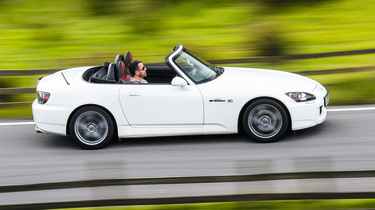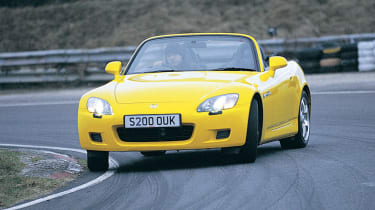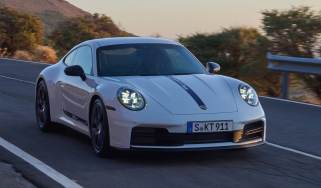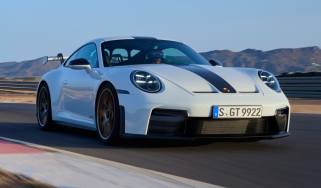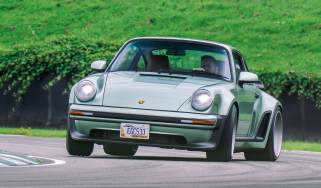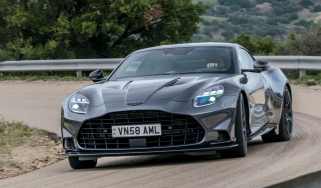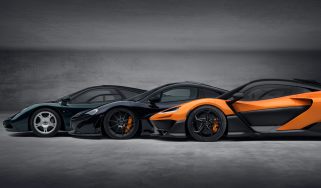Honda S2000 – the car world's greatest misses
Our anniversary issue focussed on cars that categorically nailed their briefs. But what about those that totally missed their marks? Jethro Bovingdon kicks of a new series with a look at Honda’s regrettable roadster
It would be easy to start this new series with a 550-word assassination of the Alfa Romeo 4C. Too easy. The Alfa has been filed away as a disaster in most people’s minds and we’ll beat that particular dead horse on another occasion. No, it needs to be something more celebrated. A car that met with a lukewarm reception but has somehow grown into an icon with a fantastic reputation, rapidly appreciating values and a thriving fan base. It could only be the Honda S2000.
This isn’t intended as a criticism of those for whom the S2000 is an object of reverence. God knows we need all the passionate car people we can find. Instead, I’ll attempt to lay out a reasoned, logical and dispassionate argument for why the Honda S2000 was (and is) a crushing disappointment and why those people are stark, raving lunatics who should probably be locked up or, at the very least, sterilised.
> Honda S2000: review, history and specs of an icon
The S2000 arrived in 1999 and was the most mouth-watering prospect imaginable. Aside from featuring the highest-revving and most powerful 2-litre normally aspirated engine ever fitted to a road car, Honda’s new sports car also featured double wishbones all around and an extremely stiff monocoque with a backbone tunnel, diagonally braced at each bulkhead and with reinforced sills, labelled the ‘high X-bone frame’. Honda, a company with engineering beauty embedded deep in its DNA, also endeavoured to centralise the masses to create an extremely low yaw moment and 50:50 balance. Then there was the stunningly precise six-speed manual ’box and Torsen limited-slip differential. Not to mention the NSX and Integra Type R in its recent cannon. I mean, come on…
No wonder evo sent a welcoming party for the S2000 to its international press launch in St Tropez. Consisting of a Porsche Boxster, TVR Griffith 500 and Lotus Elise 111S, the theory was that the Honda might deliver the precision of the Elise, the flow and integrity of the Porsche and the timeless front-engine, rear-drive entertainment of the Griff. It didn’t turn out that way. ‘It loses out everywhere,’ we stated. ‘with the possible exception of braking. It lacks the accessible power, handling poise and overall polish to make its mark. It rarely performs like a 240bhp sports car; even more crushing is its lack of intimacy and feel.’ The S2000 came a resounding last.
Today those criticisms sound harsh. Until you jump in an S2000. The driving environment is fundamentally flawed – you sit oddly high, the steering wheel is fixed, the central tunnel cuts into the footwell and creates a pedal offset – and the driving experience is similarly compromised. The F20C may produce 237bhp at 8300rpm on its way to a 9000rpm rev limit, but it sounds so harsh at low and medium revs and has the thinnest, meanest torque curve. Just 153lb ft at 7500rpm. Even the lauded top-end fireworks feel vaguely underwhelming. On a test track you might be able to wring an S2000 to 60mph in 5.5 seconds but in the real world it would get mugged by an MX‑5 more often than not.
Then there’s the completely lifeless electric power steering, plus a chassis that melds soft reactions with razor-sharp on-limit handling traits. The Honda S2000 looks great and appears to have it all, but pretty quickly you come to realise the one indisputably brilliant dynamic component it offers is the six-speed manual gearbox. It’s fabulous. Truly. But it’s not enough. The S2000 just isn’t very good. It’s a simple and as heart-breaking as that.
This story was first featured in evo issue 315.

